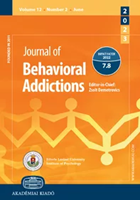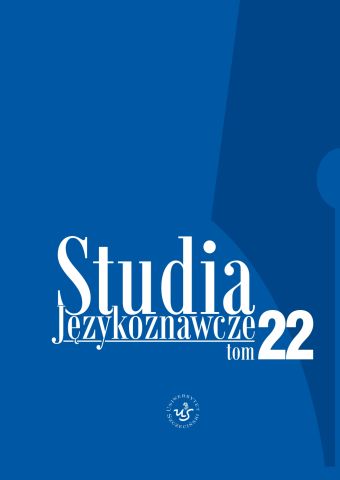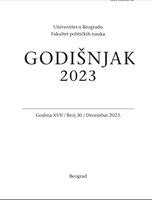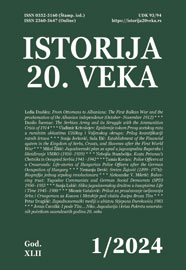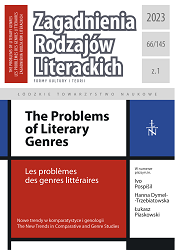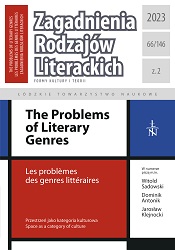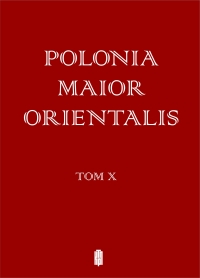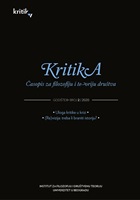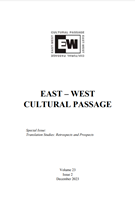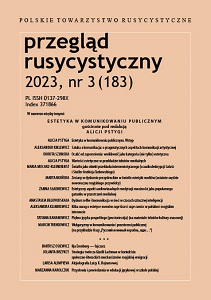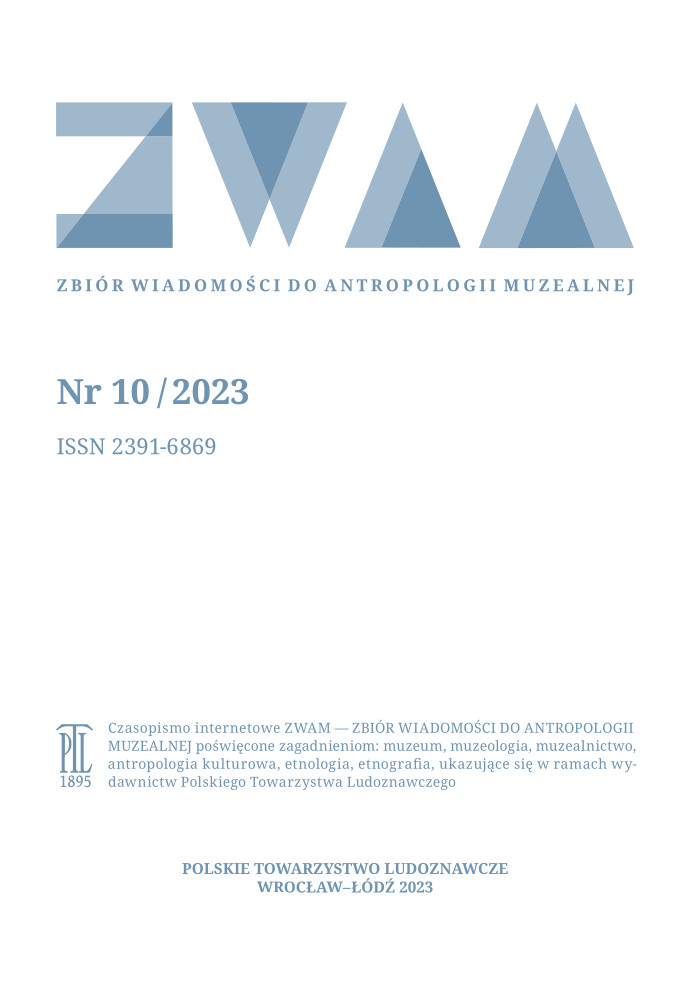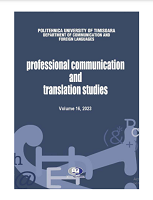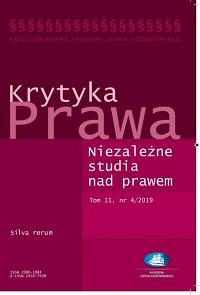
Zdalne rozprawy – zapewnienie równości wobec zjawiska wykluczenia cyfrowego
The pandemic has changed the way society functions, affecting the system of justice as well. The need to maintain social distance has accelerated changes in the judiciary. Remote hearings have emerged. The article attempts to answer the question of whether the e-hearings currently taking place are held in accordance with the principle of equality in view of the phenomenon of digital exclusion occurring in Polish society. An empirical study of remote hearings conducted by a student research group and the author’s own experience in this field make up the empirical resources documenting the technical issues that occur during remote hearings and problems related to digital exclusion.
More...
